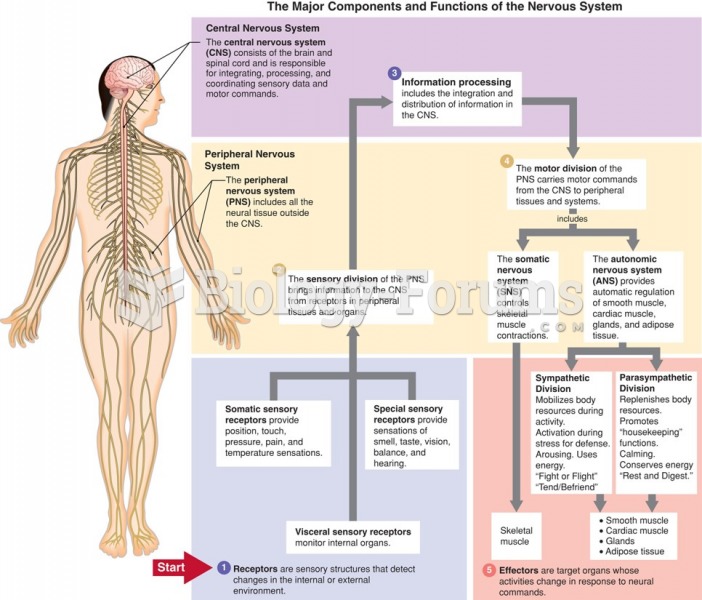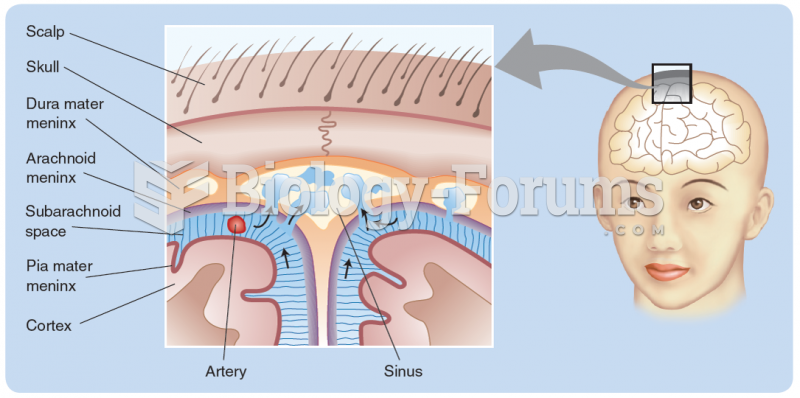Answer to Question 1ANSWER:One
factor in the shift was a series of major grants to companies from the Ford
Foundation in 1959.
Another factor was the establishment in 1961 of Theatre Communications Group.
Another factor was the publicity surrounding the 1963 opening of the Guthrie Theater in
Minneapolis, an organization led by the prominent director Tyrone Guthrie.
Another factor was the U.S. government's formation of the National Endowment for the
Arts in 1965 and the creation of local arts councils.
Another factor consisted of tax laws that encouraged corporations and foundations to give
grants to arts organizations by making all or part of the grants tax deductible.
Theatre '47 in Dallas is considered the prototype for the regional theatre movement.
That company championed the works of new playwrights and presented important world
drama of the past.
The theatre departed from the use of a proscenium arch and surrounded the stage with
spectators in an arena theatre configuration
Answer to Question 2ANSWER:Though
England had never provided supported theatre financially, during World War II,
the government funded performances intended to build the morale of military troops and
factory workers.
After the war, financial support for the arts continued through the Arts Council of Great
Britain.
Government funding increased after 1948, when Parliament authorized local authorities to
devote a percentage of their tax revenues to the arts.
Parliament's decision to subsidize the creation of the National Theatre in 1949.
The Royal Shakespeare Company's new charter and rise to international prominence in
the 1960s
The Royal Shakespeare Company's and the National Theatre's educational facilities
aimed at a schoolage
population and the two companies' initiatives to tour select
productions across the country
The National Theatre's partnerships with corporations to provide lowprice
tickets,
particularly for older and younger audiences







